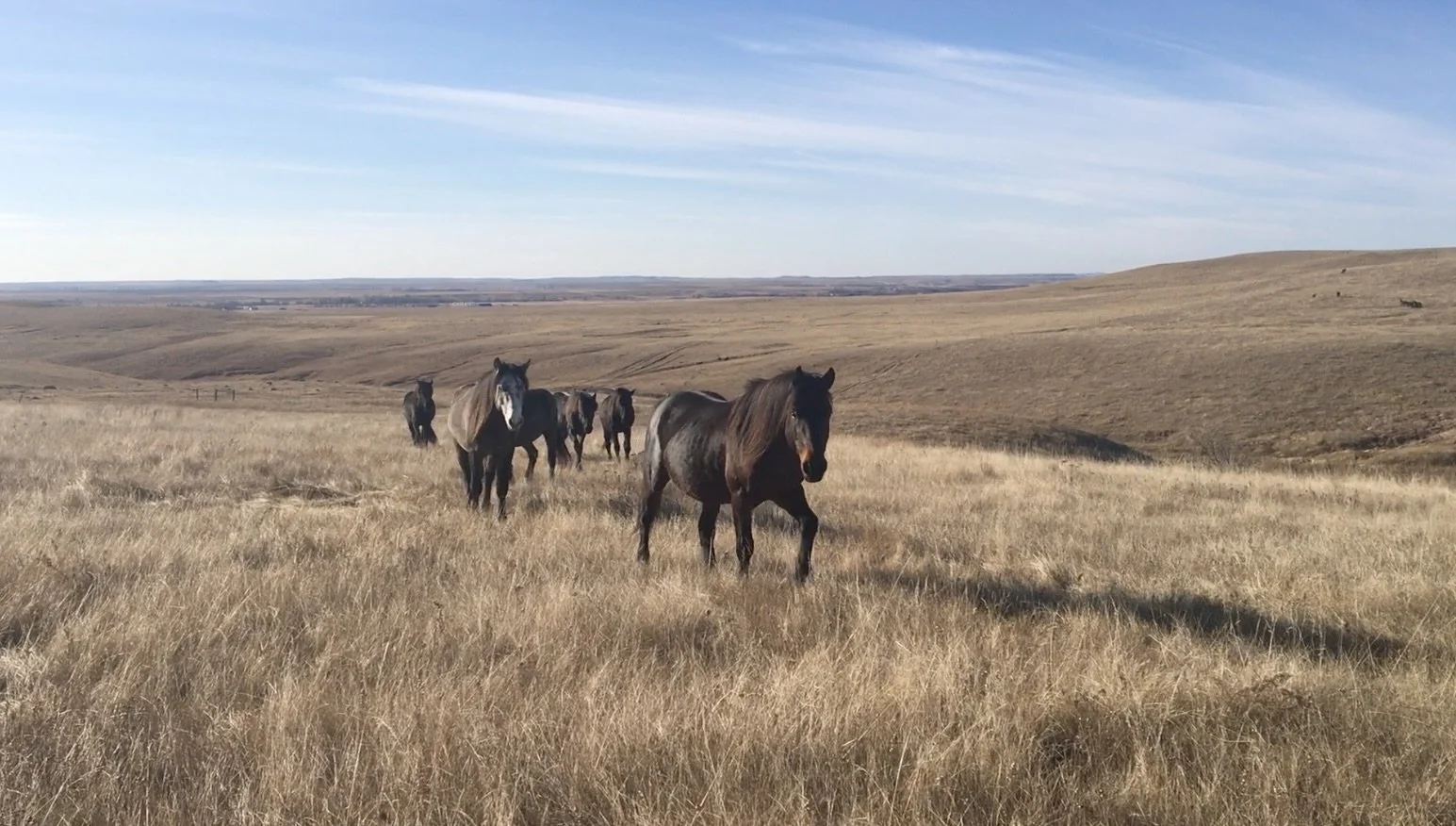The Ultimate Guide to Forage-Based Diets for Horses: Optimizing Nutrition for Every Horse
It all begins with an idea.
In the quest for optimal equine health, the significance of diet cannot be overstated. A forage-based diet, emphasizing high-quality hay and pasture, aligns closely with a horse's natural feeding habits and offers numerous health benefits. This comprehensive guide delves into the essentials of forage-based feeding, provides detailed hay protein content charts, and offers tailored feeding strategies for both easy and hard keepers.
Understanding Forage-Based Diets
A forage-based diet prioritizes the use of pasture, hay, and other fibrous plant materials as the primary sources of nutrition for horses. This approach mirrors the natural grazing behavior of horses, promoting digestive health, reducing the risk of colic, and supporting overall well-being. By minimizing reliance on grain concentrates, forage-based diets can also help manage weight and metabolic issues.
Benefits of Forage-Based Diets:
Digestive Health: Continuous grazing on forage maintains a steady flow of saliva, buffering stomach acids and reducing ulcer risks.
Weight Management: High-fiber content provides a sense of fullness, aiding in weight control for easy keepers.
Behavioral Satisfaction: Mimics natural feeding patterns, reducing stress and associated behavioral issues.
Hay Types and Their Nutritional Profiles
Selecting the appropriate type of hay is crucial in formulating a balanced forage-based diet. Below is a chart detailing common hay varieties and their average nutritional content:
Hay Type Crude Protein (%) Digestible Energy (Mcal/lb)
Timothy (Early Bloom) 10-12 % 0.89
High fiber; suitable for most horses.
Orchardgrass 12-14 % 0.91
Palatable; good for moderate work levels
Bermudagrass 8-10 % 0.88
Fine texture; lower protein content.
Teff Grass 10-12 % 0.90
Low in non-structural carbohydrates; ideal for metabolic horses.
Alfalfa 15-20 % 1.03
High protein and calcium; best for high-performance or lactating mares.
Clover 12-15 % 0.95
Palatable; can be high in sugars.
Adapted from Equine Nutrition Resources
Feeding Strategies for Different Keepers
Easy Keepers
Easy keepers are horses that maintain or gain weight easily, often requiring careful dietary management to prevent obesity.
Feeding Recommendations:
Forage Intake: Provide 1.5% of body weight in dry matter per day. For a 1,000-pound horse, this equates to 15 pounds of hay minimum.
Hay Selection: Opt for mature grasses like late-cut Timothy or Bermudagrass to limit calorie intake while ensuring satiety.
Feeding Techniques: Utilize slow feeders or hay nets to prolong eating time and mimic natural grazing behaviors, and to prevent ulcers. Enriching Equines
Supplementation: Ensure a balanced intake of vitamins and minerals, possibly incorporating a ration balancer designed for forage diets.
For more detailed strategies, refer to Managing the Easy Keeper.
Hard Keepers
Hard keepers struggle to maintain weight and may require additional caloric intake.
Feeding Recommendations:
Forage Intake: Aim for 2% of body weight in dry matter daily. A 1,000-pound horse would need 20 pounds of hay minimum.
Hay Selection: Incorporate nutrient-dense hays like Alfalfa or early-cut Orchardgrass to boost protein and energy intake.
Additional Forage Forms: Consider adding soaked hay cubes or pellets to increase calorie consumption without excessive bulk.
Fat Supplementation: Introduce sources like flaxseed or rice bran to provide additional calories without relying on grains.
For further insights, see Nutrition: Feeding the Hard Keeper.
Sample Feeding Chart
Below is a sample feeding chart illustrating how to balance forage intake for a 1,000-pound horse:
Horse Type Hay Type Daily Amount (lbs)
Easy Keeper: Late-cut Timothy 15 lbs
*Use slow feeder; monitor body condition condition.
Hard Keeper Alfalfa/Orchardgrass Mix 20 lbs *Add 1-2 lbs of rice bran for extra calories.
Conclusion
Implementing a forage-based diet tailored to your horse's specific needs can lead to significant health benefits. By understanding the nutritional profiles of various hays and adjusting feeding strategies accordingly, both easy and hard keepers can thrive. Always consider consulting with an equine nutritionist to develop a diet plan that meets the unique requirements of your horse.
For comprehensive information on equine nutrition, visit Equine Nutrition Overview.
Sources
Laura A Fitch
